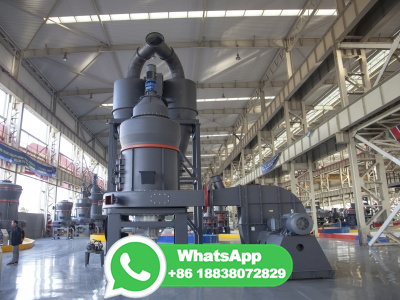Frontiers | Deriving Economic Potential and GHG Emissions of Steel Mill ...
To combat global warming, industry needs to find ways to reduce its carbon footprint. One way this can be done is by reuse of industrial flue gases to produce valueadded chemicals. Prime example feedstocks for the chemical industry are the three flue gases produced during conventional steel production: blast furnace gas (BFG), basic oxygen furnace gas (BOFG), and coke oven gas (COG), due to ...































